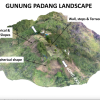This Greek philosopher had the right idea, just too few elements0
- Ancient Archeology, From Around the Web, Science & Technology
- April 20, 2019
Empedocles didn’t make a periodic table, but identified basic concepts of matter and force

Empedocles didn’t make a periodic table, but identified basic concepts of matter and force
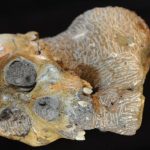
The fossils of Australopithecus sediba have fueled scientific debate since they were found at the Malapa Fossil Site in South Africa 10 years ago.

When paleontologists dug up the bones of Africa’s largest carnivore in the early 1980s, they had no idea what they had found.
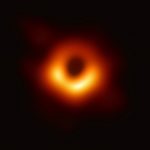
Last week, the Event Horizon Telescope (EHT) released the first-ever image of a black hole’s shadow cast against the hot gas of its accretion disk. That image, of the black hole at the center of galaxy Messier 87 (M87), was front page news all over the world. Soon, the EHT will produce the first movie of that hot gas whirling chaotically around the shadow, said project leaders who spoke Sunday (April 14) here at the April meeting of the American Physical Society.

Scientists recently rejected the claim that the Yellowstone caldera is overdue for its regular 600,000-year supereruption. However, one week later, researchers announced their surprise at discovering new thermal areas developing.
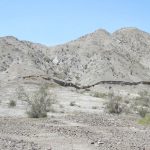
Abundant data on little quakes can help scientists learn more about what triggers the big ones
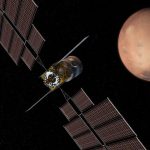
An independent report concluded that NASA has no chance of sending humans to Mars by 2033, with the earliest such a mission could be flown being the late 2030s.

About 100 excited Chinese teenagers completed a five-hour tour of a space colony against a desolate backdrop not unlike the desert planet of Tatooine, the home world of Luke Skywalker.

Planetary researchers have long known that Earth and Mercury have metallic cores. Mercury’s core fills nearly 85% of the volume of the planet — huge compared to the other rocky planets in the Solar System. Like Earth, Mercury’s outer core is composed of liquid metal, but there have only been hints that Mercury’s innermost core is solid. Now, a team of scientists from NASA’s Goddard Space Flight Center, MIT, Sapienza University, Case Western Reserve University and Columbia University has found evidence that Mercury’s inner core is indeed solid and that it is very nearly the same size as Earth’s solid inner core.

Matthew Hayes says Peterborough had two reported sightings between 1950 and 1995, but the government dismissed those accounts and many others across Canada

